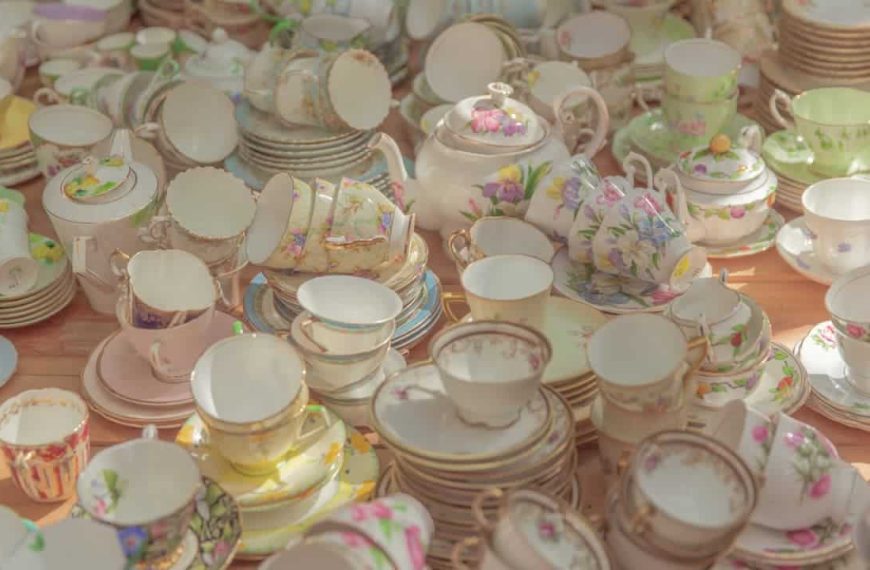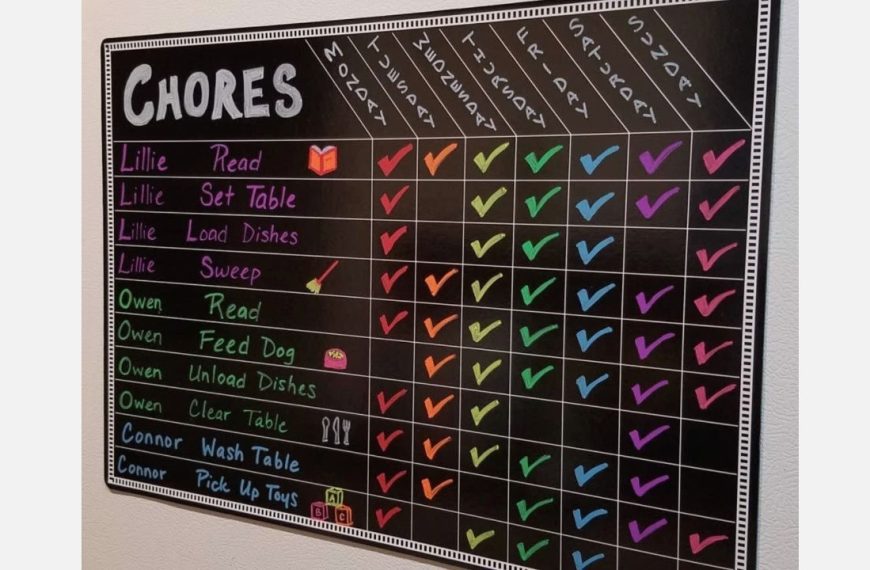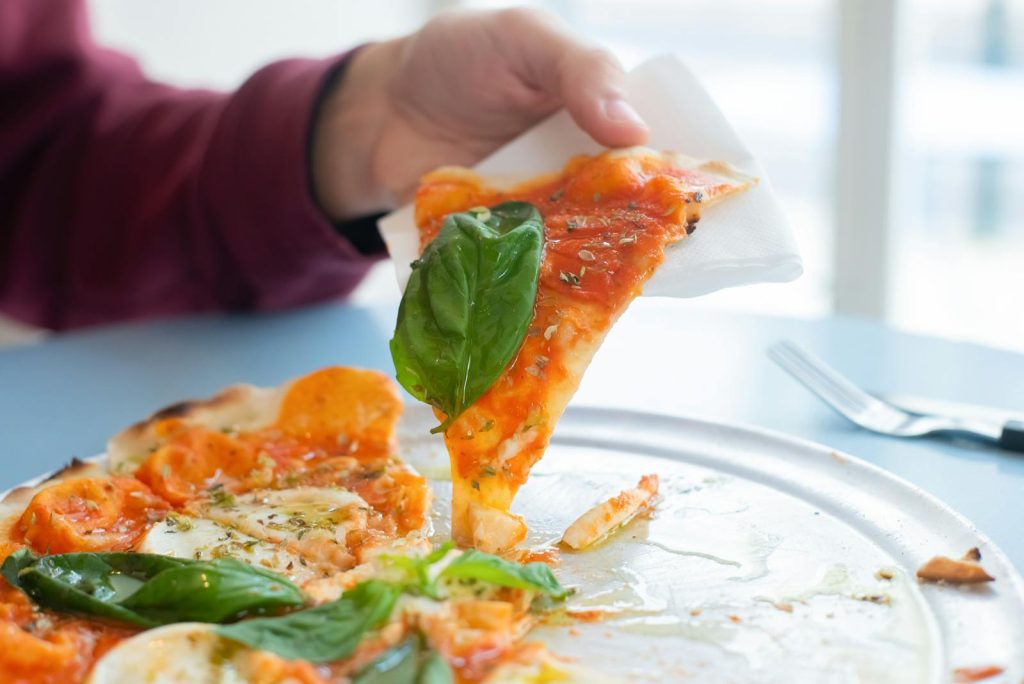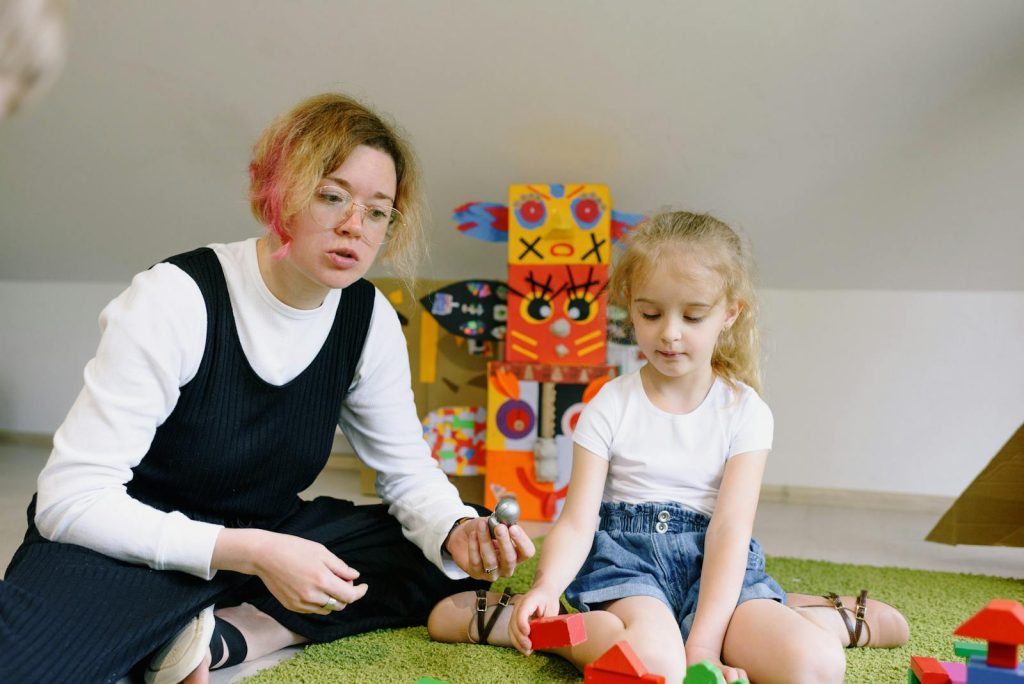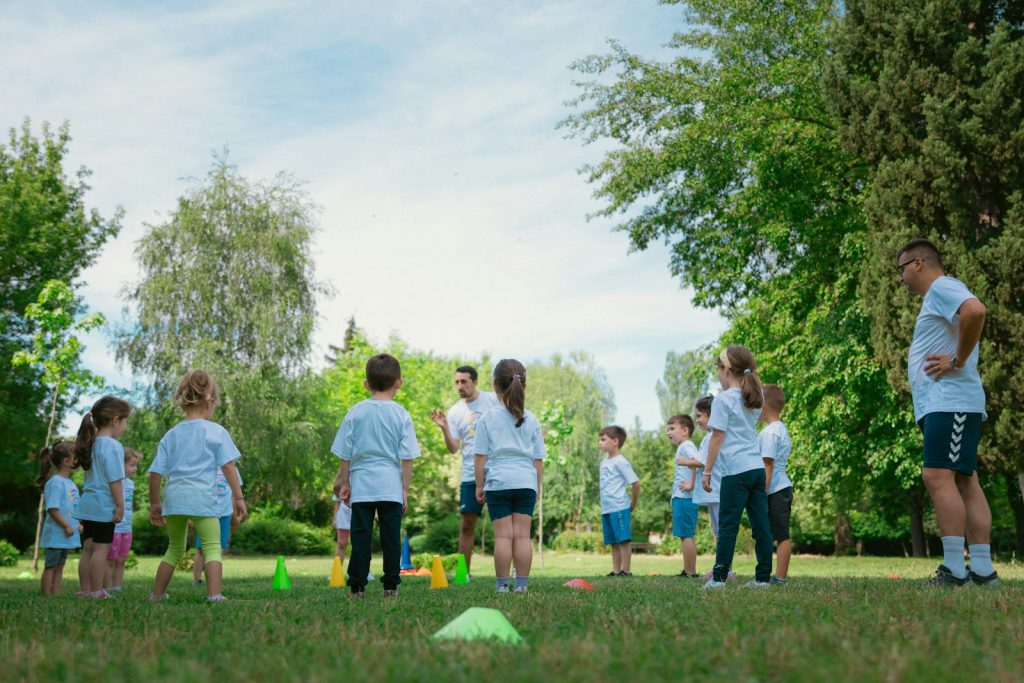You might notice that chores were a much bigger part of childhood for Boomers than they are for kids today. Back then, contributing to the household wasn’t optional—it was expected and shaped daily life in a way that feels quite different now.
Understanding which chores Boomers routinely did but kids avoid today shows how much childhood responsibilities have changed over time. This shift reflects not only changes in family life but also advances in technology and parenting styles.
Hauling water buckets from the well or pump
You probably can’t imagine having to carry heavy buckets of water before turning on a faucet. Boomers often spent part of their day walking to a well or pump to haul water back to the house.
It wasn’t just about carrying water; you had to be careful not to spill. This chore was tiring, especially in winter when the water could be freezing cold.
Water was a necessity for cooking, cleaning, and bathing, so this task was an important job for kids. You might have shared the work with siblings, taking turns to keep the household running.
Scrubbing floors on hands and knees
You probably can’t imagine having to clean the entire floor on your hands and knees. Boomers often did this before mops were common, using a bucket of soapy water and a scrub brush.
It required a lot of effort, patience, and strong arms and knees. You had to get every corner spotless since there was no hiding from the dirt up close.
Today, most kids don’t face this chore, thanks to modern cleaning tools like mops and vacuums. It’s a tough task that taught responsibility in a very physical way.
Churning butter or making homemade preserves
You might be surprised to learn that many boomers spent time churning butter by hand. It was a simple but tiring task that required shaking cream in a jar until it turned into butter.
Making homemade preserves was another common chore. You helped wash fruits, prepare jars, and watch carefully while they cooked down to jam or jelly.
These activities taught patience and care. Today, most kids don’t get to experience these hands-on chores, as store-bought options are easier and quicker.
Washing dishes by hand with a basin and towel
When you wash dishes by hand, you usually start with a basin filled with warm, soapy water. This lets you scrub each dish carefully, using a brush or sponge. It’s a simple, hands-on way to clean.
After washing, you rinse the dishes in another basin or under running water. Then, you use a clean towel to dry them.
Using a towel helps avoid water spots and keeps your dishes ready for the cupboard. This process teaches patience and care, skills that many kids today don’t practice as often.


